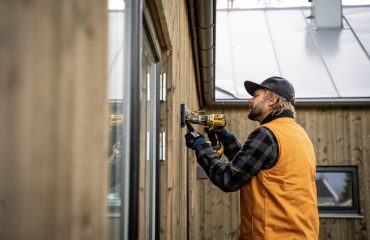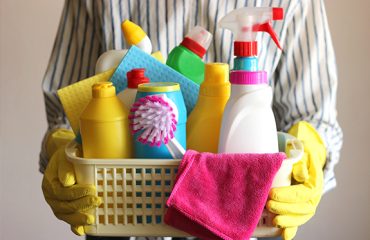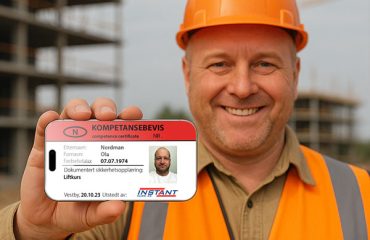
Many employees use personal fall protection equipment when working at height – but the equipment is often used incorrectly. This can have serious consequences for both the employee and the organisation. Inspectors from the Norwegian Labour Inspection Authority often find that the equipment is used incorrectly. ‘We need to remind employers that they are responsible for planning their work well and checking that the equipment is used correctly,’ says Tore Jeppe Sørhaug, head of section at the Norwegian Labour Inspection Authority.
Collective protection first – personal equipment only if needed
Before work starts, it must be assessed whether collective protection such as scaffolding or handrails can be used. This is the main rule. The Labour Inspection Authority often sees that employers skip this step and go straight to the use of harnesses and ropes – or skip securing altogether. Examples from inspections:
– Workers were working without any form of protection.
– Fall protection equipment was used incorrectly, with the wrong anchorage point.
– No collective fall protection when working along the edge of the deck – even when it was possible to use it.
Personal fall protection equipment should only be used when other forms of protection are not practicable – for example, when: installing scaffolding, working in personal lifts, maintenance or inspection work at height. Employers must clearly describe when and how the equipment is to be used, and ensure that it is used in accordance with the manufacturer’s instructions for use.‘Planning can be the difference between life and death,’ Sørhaug points out.
Approved equipment – but often used incorrectly
Inspections carried out by the Norwegian Labour Inspection Authority and the Norwegian Marine Industries Authority in 2024 show that CE-marked equipment is generally up to scratch. Errors most often occur in use – not in the product itself.
Common errors:
– Wrong type of equipment chosen for the task
– Incorrect assembly and fastening
– Areas of use are unclear
– Instructions for use are missing or incomplete
– No training in correct use
The employer is responsible
It is the employer’s responsibility to ensure that the equipment purchased is actually suitable for the job. Even if distributors give advice, the employer must make a thorough assessment before purchase.
Typical pitfalls:
– Incorrect labelling – ‘fall arrest line’ without shock absorber
– Unclear specifications for area of use
– Instructions for use not available or in Norwegian
Training must be practical
The Norwegian Labour Inspection Authority recommends that employees receive training in the use of fall protection equipment. The course should include: Theory of equipment and regulations, practical use of attachment point, harness and line, rescue training, knowledge of inspection and disposal rules.
Summary – what the employer must do
| Requirements | Why |
|---|---|
|
Provides peace of mind for all workers |
|
Reduces risks and incorrect choices |
|
Ensures equipment works as intended |
|
Prevents misuse and accidents |
|
Equipment is used as intended |
|
Ensures safe workplace and compliance |




